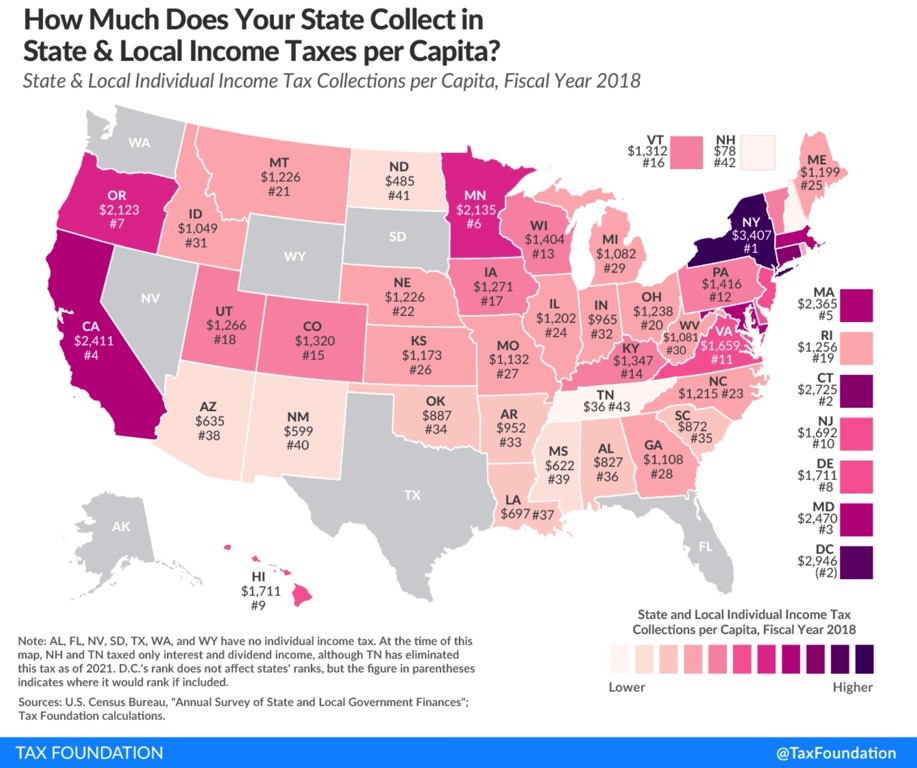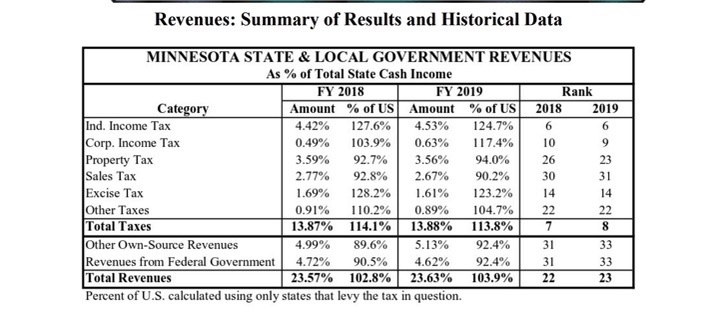If Democrats want to lower costs for Minnesotans, they should support tax cuts
Since the announcement of Minnesota’s projected $7.7 billion surplus, Democrats and Gov. Tim Walz have announced numerous spending proposals that they will consider once the legislative session convenes.
And while Gov. Walz has indicated some support for tax cuts for the middle class as well as small businesses –– unemployment insurance taxes ––, increasing spending continues to be his main priority. Walz and Democrats claim they want to lower costs for Minnesotans by investing in healthcare, paid leave, childcare, affordable housing, and other programs.
You may be wondering how increasing spending would lower costs for Minnesotans. And the truth is that it wouldn’t; increasing spending to subsidize services would only transfer the costs of those services to taxpayers.
But leaving aside the fact that spending wouldn’t lower costs, Democrats need to realize that one of the things making life more expensive in Minnesota is our high taxes. And if the government was taking a smaller portion of people’s money, there would be a lesser need for some of the programs the state spends money on.
High taxes increase costs for households
Every year Minnesotans spend thousands of their income to fund the government –– through taxes. According to the Department of Revenue, Minnesotans “paid an estimated 12.0 percent of their 2018 total income in state and local taxes.” This is money that could have been used for other household expenses.
Indeed, some form of taxation is necessary to run the state government. But compared to most states, households here spend a bigger chunk of their income funding the government because Minnesota taxes its residents more heavily.
The Tax Foundation, for example, estimated that in 2018, the Minnesota government collected $2,135 in state and local income taxes per capita.
This is the 6th highest rate in the whole country. The average income taxes collected per capita among the states and Washington, D.C. was $1,303 –– nearly 40 percent lower than Minnesota’s.

In their most recent report, the Minnesota Center for Fiscal Excellence estimated that in 2018, total tax collections for Minnesota were 13.8 percent of total income –– the 7th highest rate among the states.

Tax cuts will put more money into the pockets of Minnesotans
Certainly, our budget surplus is hardly unique, but it is heavily influenced by our tax system. And one of the main reasons that the state government is able to boast such a big surplus is due to our punitive taxes.
If Gov. Walz and Democrats are serious about reducing costs for Minnesotans, they need to support tax cuts and put money back into the hands of taxpayers.